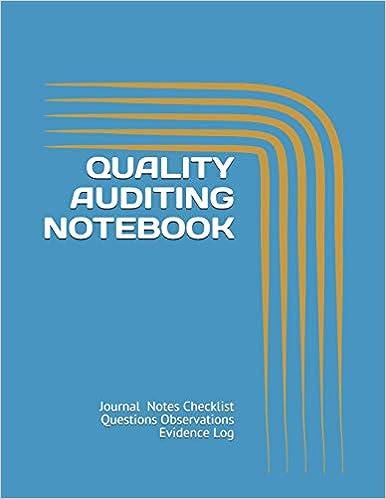

Q2 [50 points] The summary statistics in Q1 shows that the average Covid-19 infection rate in NYC is 2.28% with a standard deviation of 0.87. Suppose that you want to show that income is a major predictor of coronavirus infections. If you choose a sample of Zip Codes where the average income is above $100,000, the following summary statistics can be obtained: - 2 - sum Covid_Infectionrate if Average_Income >100000, detail Covid_Infectionate 1% 5% 10% 25% Percentiles .5406 .70465 .83155 .96185 Smallest .5406 .6755 .6941 .7152 Obs Sum of Wgt. 68 6 50% 1.3276 Mean Std. Dev. 1.597028 .7819922 75% 90% 959 99% 2.1109 2.80955 3. 1883 3.737 Largest 3.0537 3.3229 3.4585 3.737 Variance Skewness Kurtosis .6115117 .9374583 3.004468 As the above table show, the average infection rate in neighborhoods where the average income is above $100,000 is 1.59%. a) If you ran a test to determine if higher income levels does reduce the infection rate, what is the null hypothesis? b) Using an alpha level or p-critical of 0.05, use statistics to show if there is a statistically significant difference in the average infection rate in general population and in wealthy neighborhoods in NYC. Show all of your work to prove this and indicate if you would reject your null hypothesis and why or why not. C) Write a paragraph to explain your results to a non-technical audience. d) Write a paragraph to explain your results in a scholarly journal. b). sum Covid_Infectionrate, detail Covid Infection Rate Percentiles Smallest 1% .6755 .5406 5% .852 .6755 10% 1.0545 .6941 Obs 177 25% 1.6015 .7152 Sum of Wgt. 177 50% 2.358 Mean 2.285218 Largest Std. Dev. .8757866 75% 2.8904 4.0809 90% 3.3717 4.1729 Variance .7670021 95% 3.737 4.1897 Skewness .0401515 99% 4.1897 4.4183 Kurtosis 2.275213 Q2 [50 points] The summary statistics in Q1 shows that the average Covid-19 infection rate in NYC is 2.28% with a standard deviation of 0.87. Suppose that you want to show that income is a major predictor of coronavirus infections. If you choose a sample of Zip Codes where the average income is above $100,000, the following summary statistics can be obtained: - 2 - sum Covid_Infectionrate if Average_Income >100000, detail Covid_Infectionate 1% 5% 10% 25% Percentiles .5406 .70465 .83155 .96185 Smallest .5406 .6755 .6941 .7152 Obs Sum of Wgt. 68 6 50% 1.3276 Mean Std. Dev. 1.597028 .7819922 75% 90% 959 99% 2.1109 2.80955 3. 1883 3.737 Largest 3.0537 3.3229 3.4585 3.737 Variance Skewness Kurtosis .6115117 .9374583 3.004468 As the above table show, the average infection rate in neighborhoods where the average income is above $100,000 is 1.59%. a) If you ran a test to determine if higher income levels does reduce the infection rate, what is the null hypothesis? b) Using an alpha level or p-critical of 0.05, use statistics to show if there is a statistically significant difference in the average infection rate in general population and in wealthy neighborhoods in NYC. Show all of your work to prove this and indicate if you would reject your null hypothesis and why or why not. C) Write a paragraph to explain your results to a non-technical audience. d) Write a paragraph to explain your results in a scholarly journal. b). sum Covid_Infectionrate, detail Covid Infection Rate Percentiles Smallest 1% .6755 .5406 5% .852 .6755 10% 1.0545 .6941 Obs 177 25% 1.6015 .7152 Sum of Wgt. 177 50% 2.358 Mean 2.285218 Largest Std. Dev. .8757866 75% 2.8904 4.0809 90% 3.3717 4.1729 Variance .7670021 95% 3.737 4.1897 Skewness .0401515 99% 4.1897 4.4183 Kurtosis 2.275213








